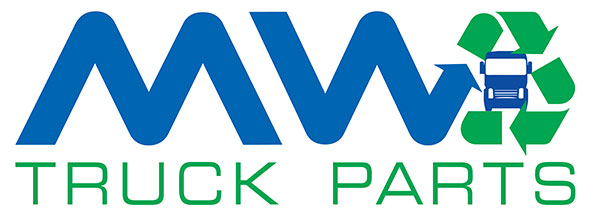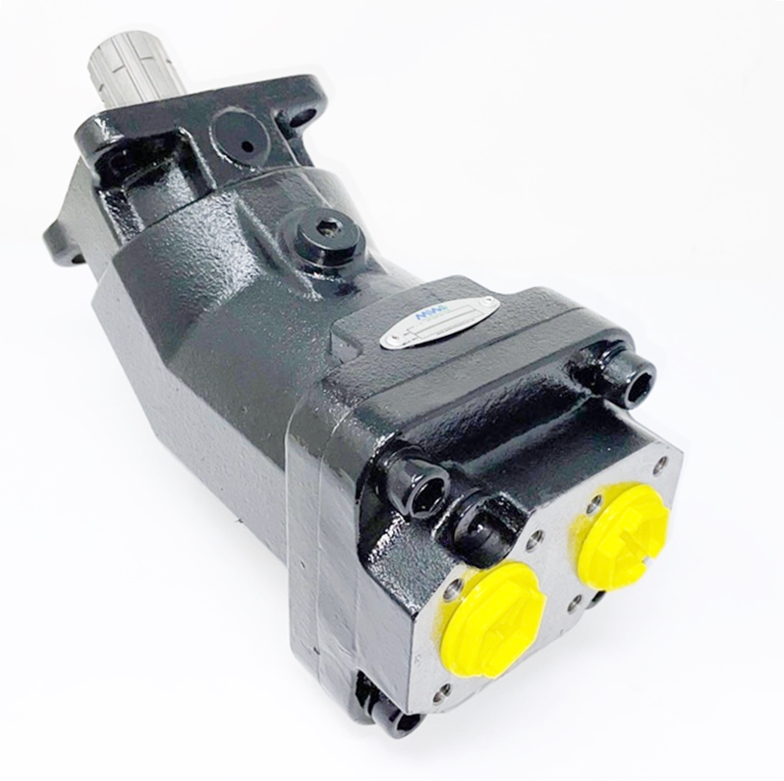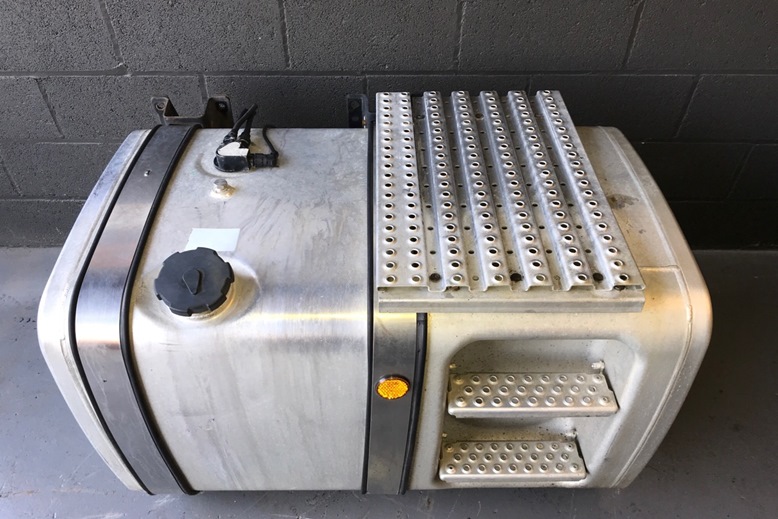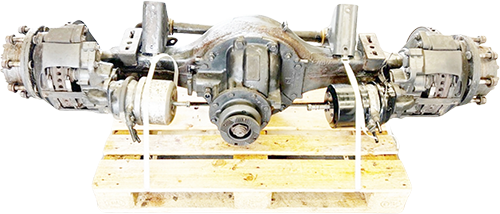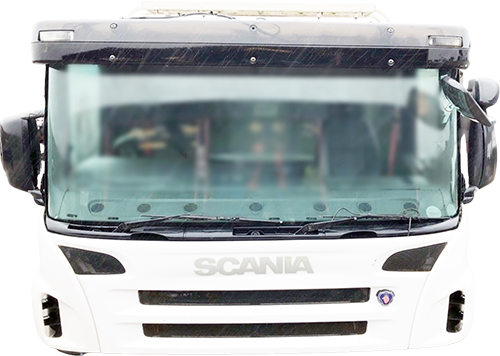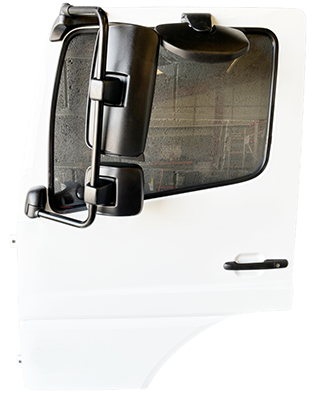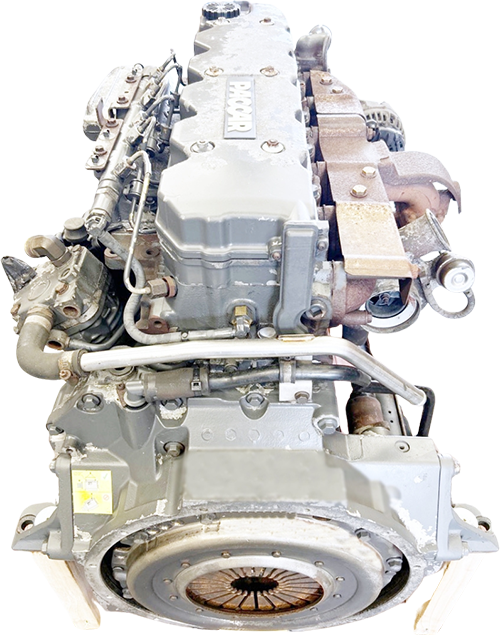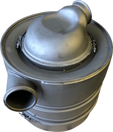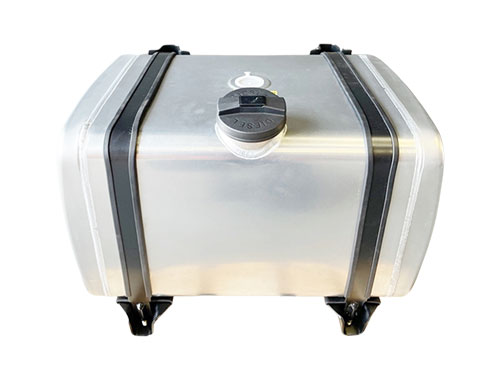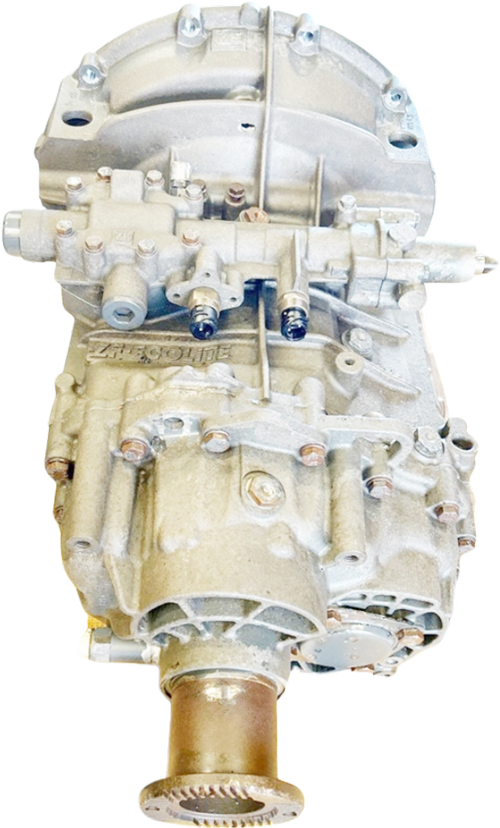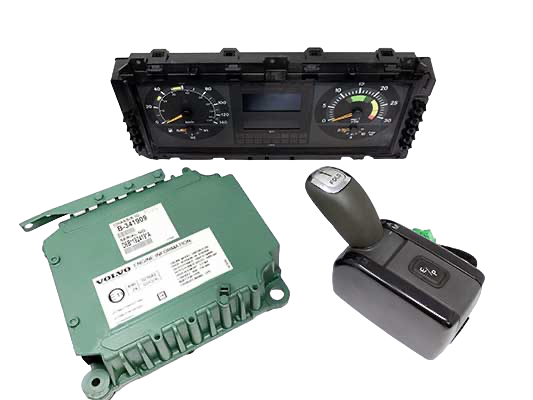Axis pumps provide precision where gear pumps cannot. These variable displacement units
handle truck hydraulic applications requiring high pressure, control, and energy efficiency.
The angled cylinder block design enables power transmission at pressures exceeding 350
bar for continuous operation. This capability opens applications beyond gear pump
territory.
Let’s examine where axis technology proves essential in commercial vehicle hydraulics.
Walking floor trailers
Walking floor systems often require 280+ bar operating pressure throughout the cycle. Axis
pumps maintain efficiency where gear pumps would fail from internal leakage.
Variable displacement allows operators to match flow to floor speed requirements. A 108L
unit handles multiple trailer configurations without oversizing for worst-case scenarios.
Additional reading:
Which applications suit tandem pumps?
A breakdown of piston pump specifications
Crane operations
Mobile cranes require multi-function control with varying flow requirements. Axis pumps
provide load-sensing capability that matches output to needs.
80L displacement suits mid-range truck cranes with reserve capacity for heavy lifting.
Pressure compensator valves prevent system overload at maximum extension.
Electronic displacement control integrates with crane management systems. Operators gain
boom speed control regardless of load weight or extension angle.
Refuse collection compactors
Waste compaction generates pressure spikes that destroy lesser pumps. Axis designs
withstand these shock loads with bearing arrangements and pressure-balanced
components.
32L units provide flow for rear-loader compactors. The bi-directional capability simplifies
hydraulic circuits for pack-and-eject cycles without valve arrangements.
Variable displacement reduces engine load during travel between stops. Fuel consumption
drops compared to fixed displacement alternatives running at full capacity.
Hooklift systems
Hooklifts need controlled movement under varying loads. Axis pumps deliver performance
whether handling empty containers or maximum-weight loads.
Flow modulation via swashplate control ensures hook arms move at controlled speeds.
Operators avoid movements with fixed displacement pumps throttled with valves.
Recovery vehicle applications
18L pumps suit recovery vehicles whilst maintaining pressure capability for complex
extractions, with variable flow control allowing safe positioning during vehicle loading.
Pressure override protection prevents cable breakage or structural damage. The pump
destrokes when reaching preset pressure limits, protecting equipment.
Related: The difference between tandem and piston pumps
Efficiency advantages
Axis pumps consume power proportional to demand. During low-flow operations, reduced
displacement means minimal losses compared to gear pumps recirculating unused flow.
Heat generation drops with variable displacement technology. Smaller cooling systems
suffice, reducing vehicle weight whilst improving reliability.
When to specify an axis pump
Look to axis pumps when your pressure requirements exceed 250 bar, when control
matters, or when energy efficiency justifies investment. Walking floors, cranes, and refuse
trucks benefit most from variable displacement technology.
Avoid axis pumps for applications where gear pumps suffice. Tipper bodies and tail lifts
seldom justify the complexity and cost of variable displacement systems.
Match technology to application requirements rather than defaulting to premium options.
The right pump selection balances capability, efficiency, and return throughout vehicle life.
Read this article next: How to specify the correct twin-flow axis pump






